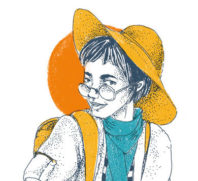There’s no “perfect season” in which to visit Florence. Florence makes every moment of the year perfect. The colours reflected on the Arno river in autumn, Brunello wine warming up the winter, bike rides in the springtime, summer with the long shadows of churches standing out on the paved squares. The mistake most people make is to think of Florence as just a city of art. Be warned! Three of these guides would not suffice to tell you all about the Renaissance, the Uffizi and the basilicas. But Florence is so many things, including a city of art. How do I know? The quote on the back cover of “Firenze versus the World” by the Florentine artistic collective Riverboom reads: “Why call it a tourist season, if we can’t shoot them?”. The photography book compares Florence with the rest of the world through the juxtaposition of symbols and stereotypes. Since I read the book, Florence has seemed the brightest and most brilliant city, the cutting edge of jokes among Tuscan people.
the socialite
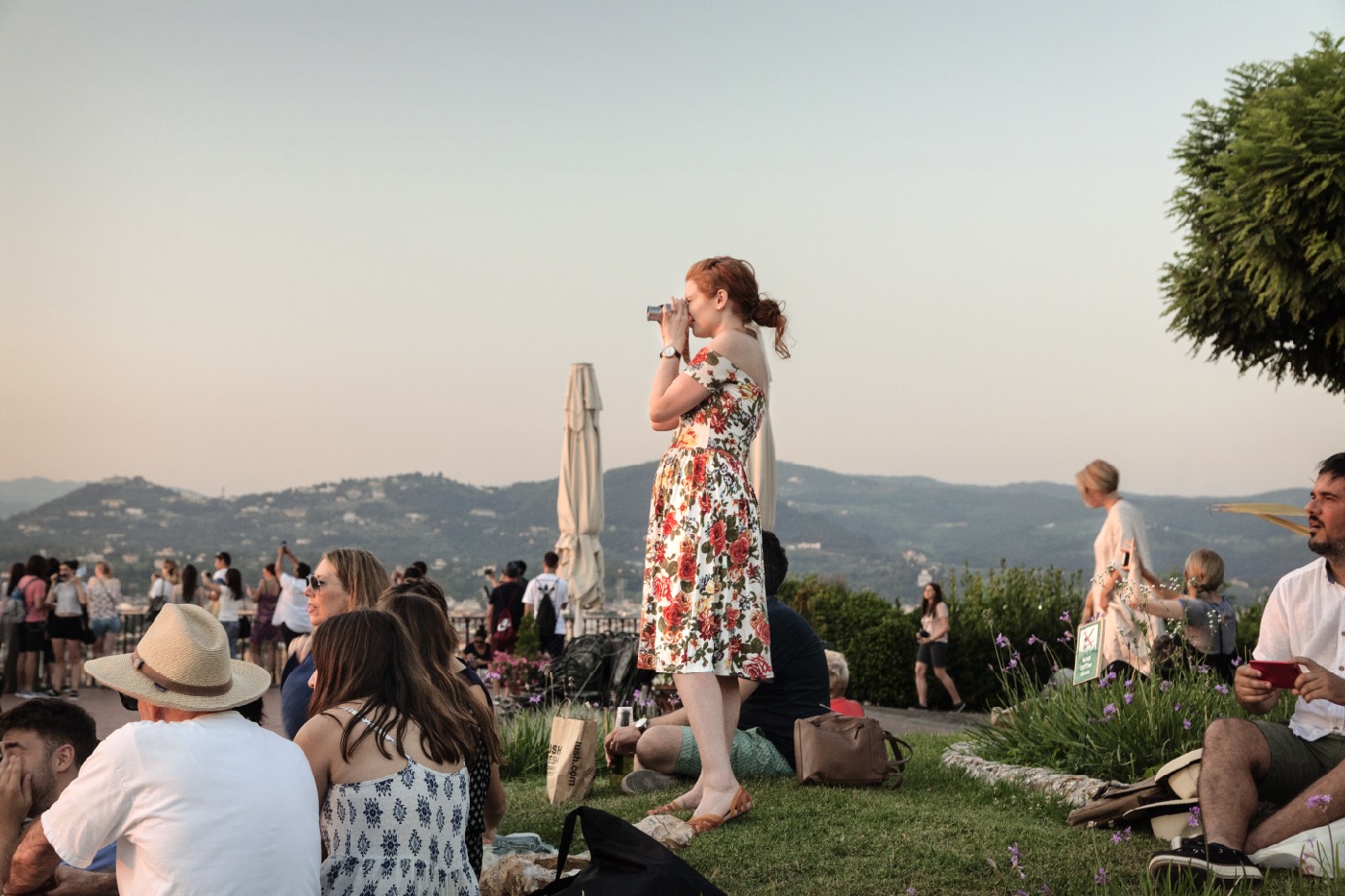
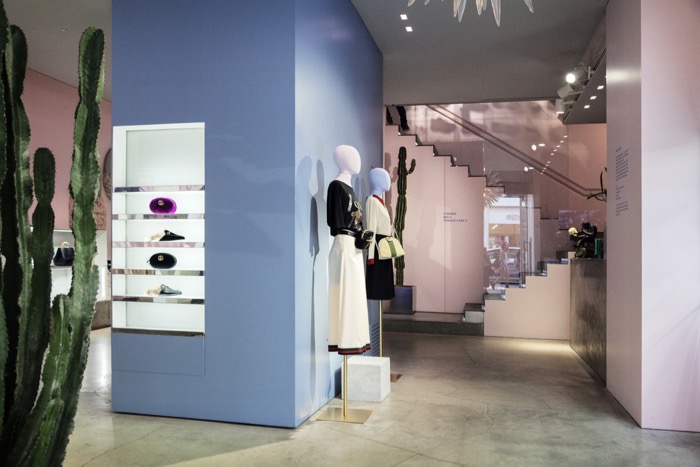
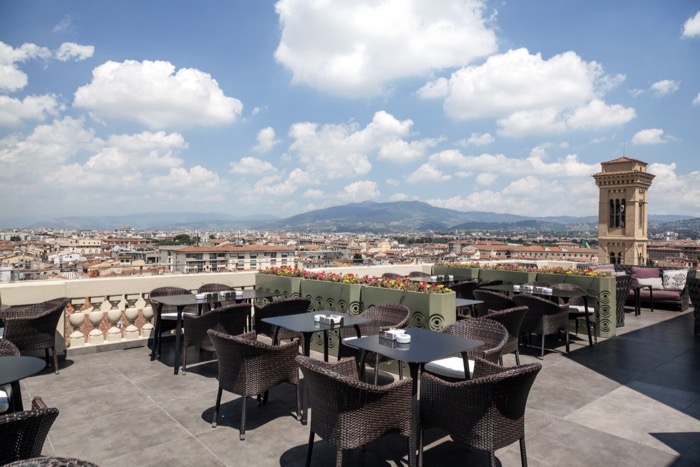
Walking through the city, you can see the clear difference between the large window displays and the small craft shops that here seem to resist globalisation and continue to fly high the Made in Italy flag. Via Tornabuoni, Piazza Antinori and Via degli Strozzi are the classic luxury route through the city, but when it comes to having a bit of fun I head for Luisaviaroma, a concept store that features on every self-respecting fashion victim’s letter to Santa Claus. With three floors of pure inspiration, Luisa is a fashion landmark like few other shops in the world. The continuing search for up-and-coming designers, the limited editions created by the fashion house exclusively for the shop and the multimedia artistic content that lights up the big screens, make this a temple of cultural modernity.
Modernity and tradition: Florence is a perfect mixture. Leather tanning, for example, is an ancient tradition. Some roads still bear the names of the trades linked to the Guild of the Curriers (dressed leather workers): Via delle Conce (Tanning Street), Via Calzaiuoli (Shoemakers’ Street), Corso dei Tintori (Dyers’ Street). The tradition not only survives today, but is still considered among the city’s most characteristic activities, thanks in part to the world famous Scuola del Cuoio Fiorentina (Florentine School of Leather). After all, we’re in the city of Pitti Immagine, not just any old place! Around Piazza Santa Croce there are many intriguing shops for those who want to take a leather souvenir home with them. Over time, I’ve learnt the secret to finding the best shops: follow the trail of the smell of leather, enter a shop and observe the hands of the craftsman: if they’re looked after and smooth, he’s not a master of leather! Opposite Pitti Palace, at the top of the staircase on which tourists rest after visiting the Giardino di Boboli gardens, a workshop catches the eye of anyone who recognises the beauty of times gone by. The shop with no sign at 5 Piazza de’ Pitti is the atelier of Antonio Gatto, the last milliner in the city. His hats are the synthesis of tradition and contemporary trends, works of art made with love for his customers, who come from all corners of the planet.
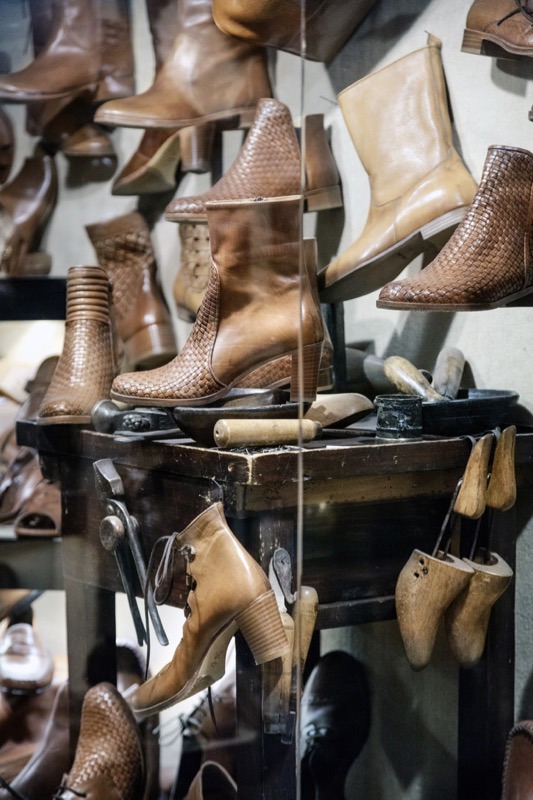
At sunset, when Florence becomes redder and more Tuscan-looking (the time at which tourists pull up a seat in restaurants and locals take back the city) leave Ponte Vecchio bridge behind you and lose yourself in Oltrarno, the small area between the Santo Spirito and San Frediano churches. From the first few metres you’ll find a more authentic, bohemian and quiet town. Traditional restaurants alternate with Japanese ramen bars, central European-style bistros, juice bars and boutiques with hints of radical chic. The odd one out is Il Cortile, at 12/R Via dei Serragli, a boutique that follows international trends. The shoes are Danish clogs, the clothes are French, Spanish and Japanese. Luxury has the power to confuse travellers by creating a bubble of perfection, a non-place of beauty that resembles a little bit of everywhere, every continent, every hemisphere. This won’t happen if you stay in Villa Cora. A late nineteenth-century mansion houses the 29-room hotel and the Bené spa, an Eden of relaxation and body care. Taking time for a yoga lesson or a grape seed treatment among baroque frescoes and decorations is possibly the best way to start or end a Florentine day.
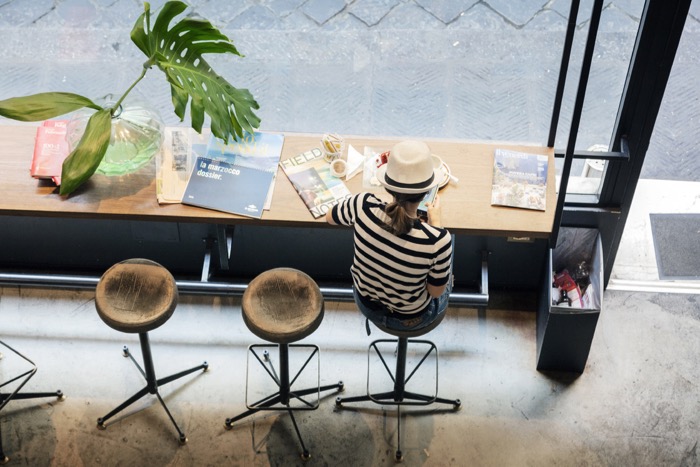
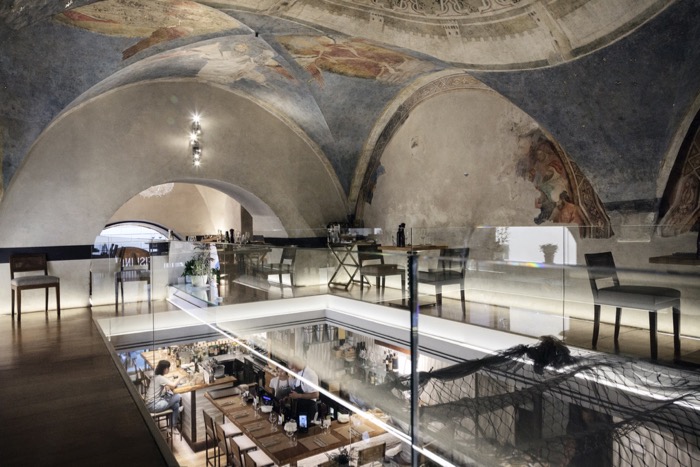
The thing I love most about travel is encountering the unexpected. For example, it seems that in Florence, one of the first Italian cities to introduce the ritual of after work social drinking, aperitifs have existed for more than two centuries. In my opinion, the best aperitif in the city is at Serre Torrigiani, in a pretty patio garden in Piazza dei Tre Re. From May to September, surrounded by a picturesque atmosphere of trees and lights, a barroccino (a cart that prepares and sells street food) cuts, fries and slices the best Tuscan delicacies to eat with your fingers.
Eating well in Florence is all too easy. The real feat is to find a disappointing restaurant. Cibrèo has been a Florentine institution since 1979. Chef Fabio Picchi is now a celebrity and over the years has opened other restaurants, including the Teatro del Sale, which is worth a visit for its haute cuisine and the interesting programme of shows and events curated by the artistic director Maria Cassi. A few steps from the Duomo, in a narrow street where tourists gather to visit Dante’s church, sits Da’ Vinattieri tavern, ideal for a break of finocchiona salami, fried coccoli bread balls and house wine. Fishing Lab by the city walls is an eclectic place: here you’ll find fish prepared in every way imaginable, from street food to more traditional cooking styles, from raw to cooked, from wood-fired to smoked.
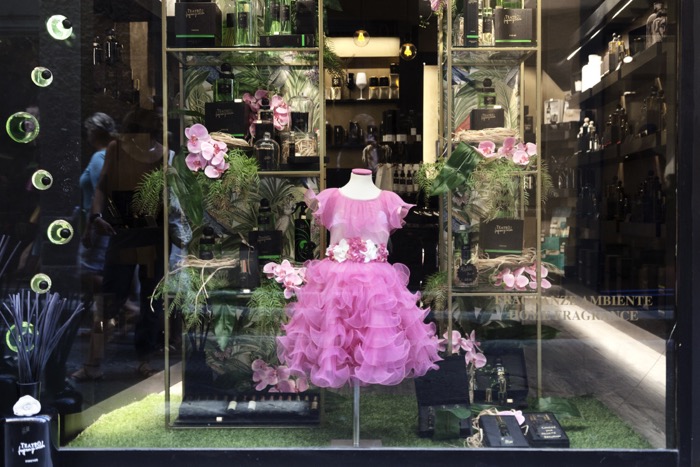
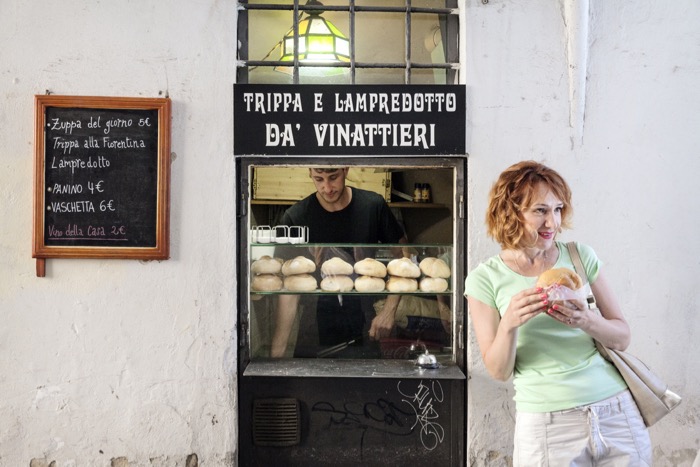
In Oltrarno, Florence’s rive gauche, the culinary selection is more extravagant. For breakfast I choose Ditta Artigianale, a 1950s style café bar at 5/R Via dello Sprone, a temple of coffee and croque monsieurs. Gnam at 2/R Via di Camaldoli prepares ethical, 0 km dishes made with all-natural ingredients. The same philosophy applies in Santa Rosa Bistrot, which also has a great outdoor area on Lungarno di Santa Rosa.
Who says there’s no fun to be had in Florence? After dinner and until late at night, the city has everything to offer. Piazzale Michelangelo is living proof, but a Florentine local would never spend an evening here, unless they were in the mood for dancing at Flò. This is the most “in” place in Florence and its worth going just to enjoy the view from the terrace by night. If you want to look out over the city from the hotel rooftops, among pools and dimly lit lounge bars, I suggest a trip to the Grand Hotel Minerva and Westin Excelsior’s Se·Sto. The perfect destination for those looking for a good cocktail with curls of orange peel, and an evocative photo souvenir. If, however, you’re looking for a more underground feel and maybe you’ve even pulled an all-nighter, Bar Disagio is the place to go. This might not be the bar’s real name, but any Florentine local you meet at 3 am will doubtless be able to point you in the direction of the door on Via Mazzetta behind which you’ll have a great night. Alternatively, if you have this guide with you, the GPS coordinates are: 43.76589, 11.24729.
di Veronica Gabbuti
Piazza di Santa Maria Novella





